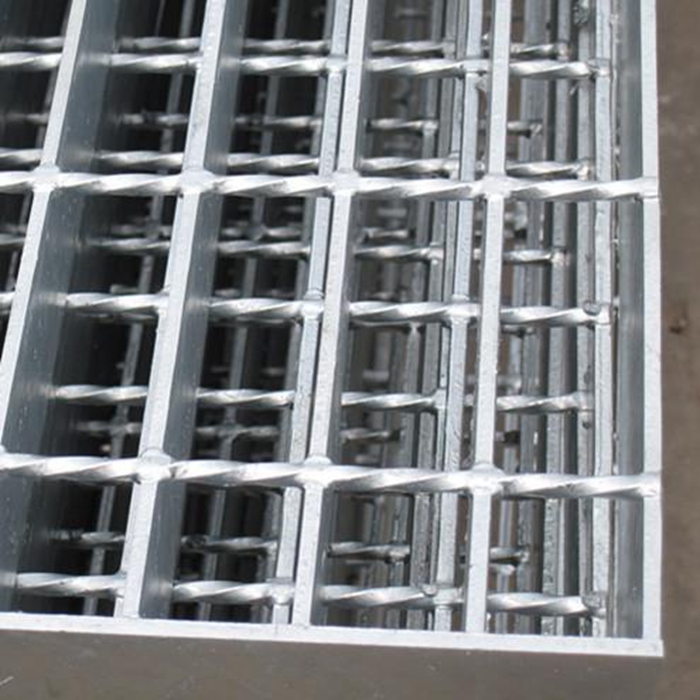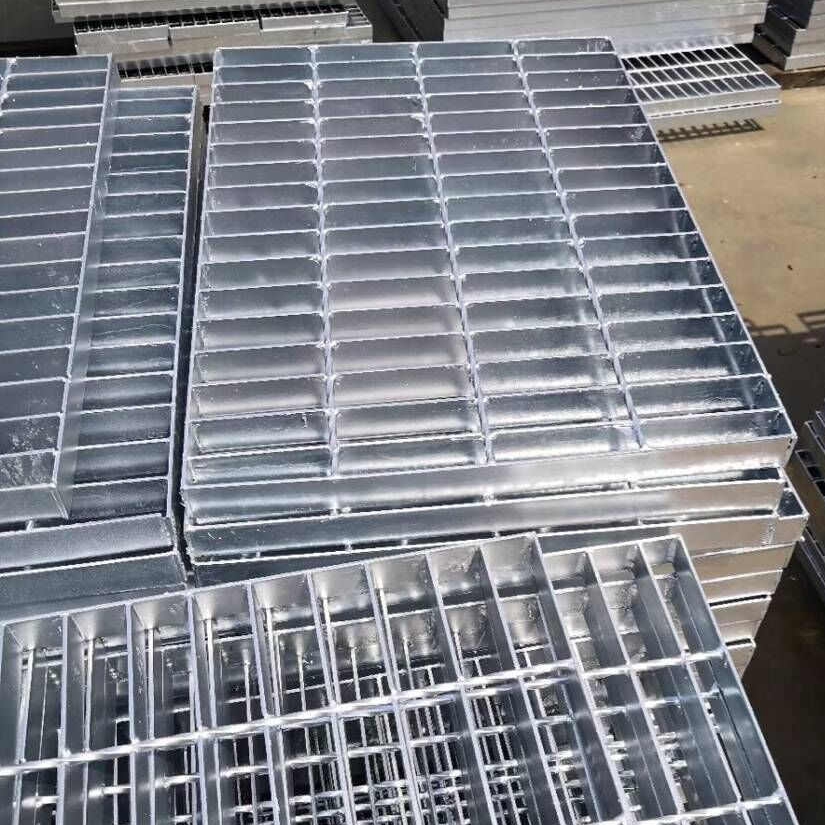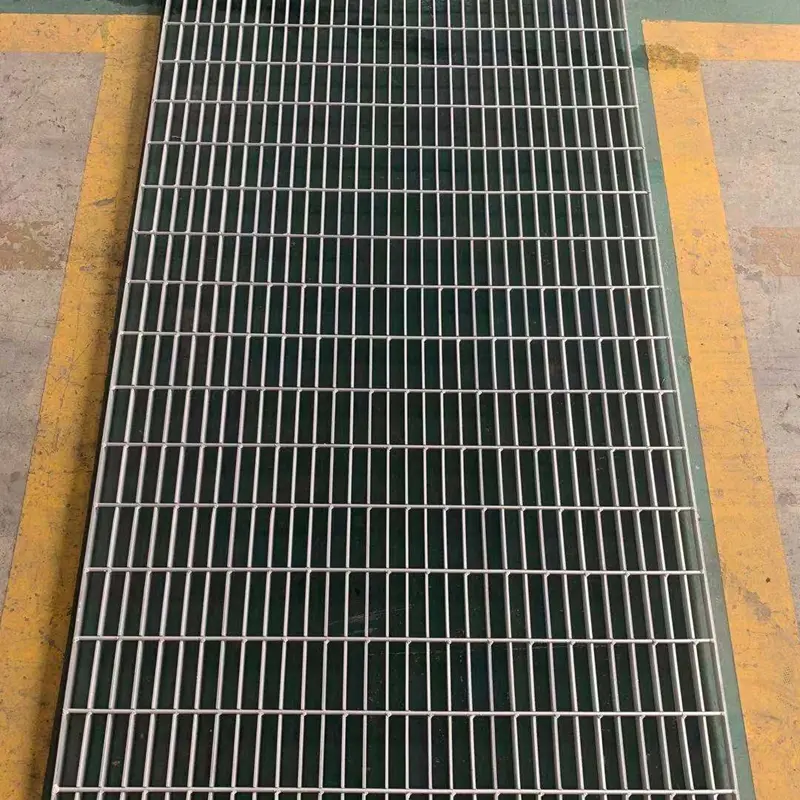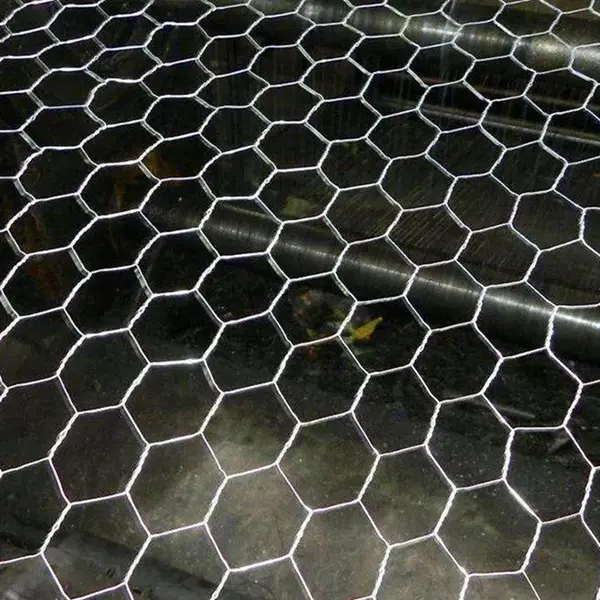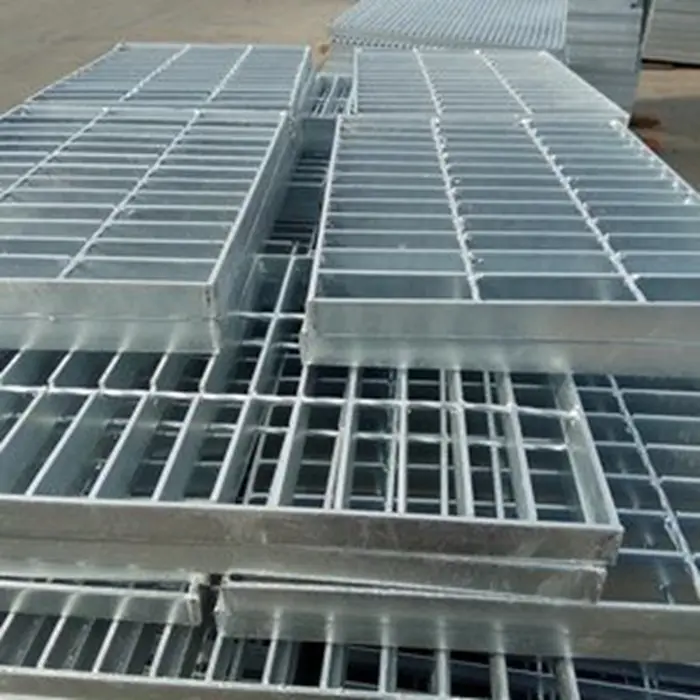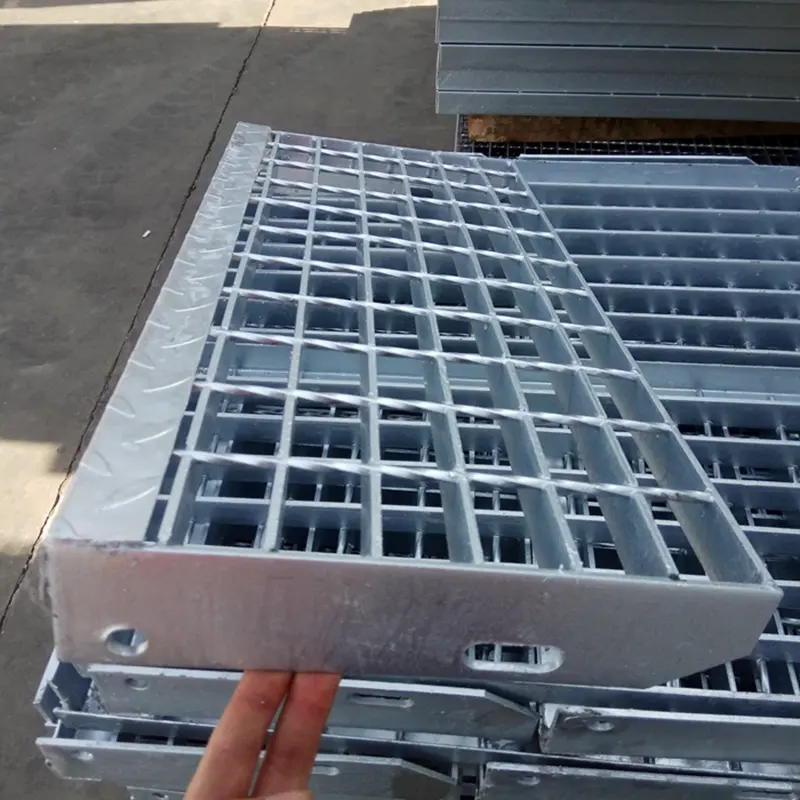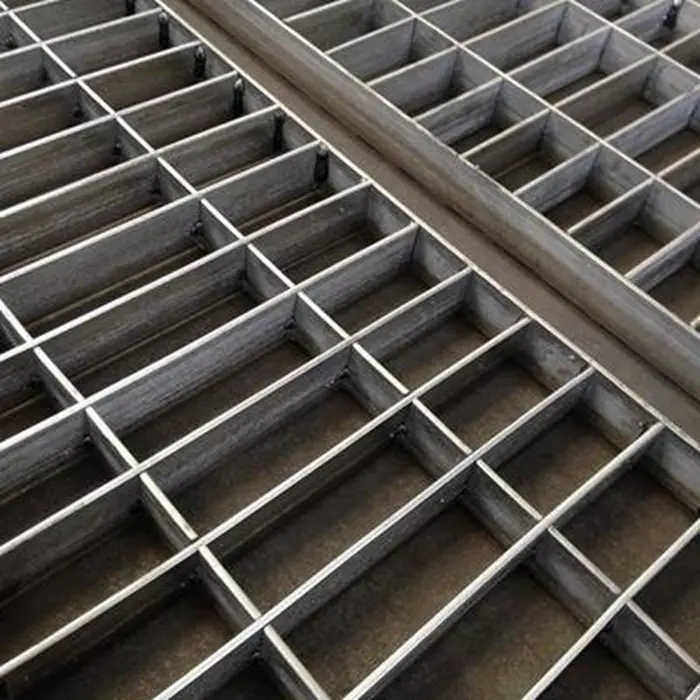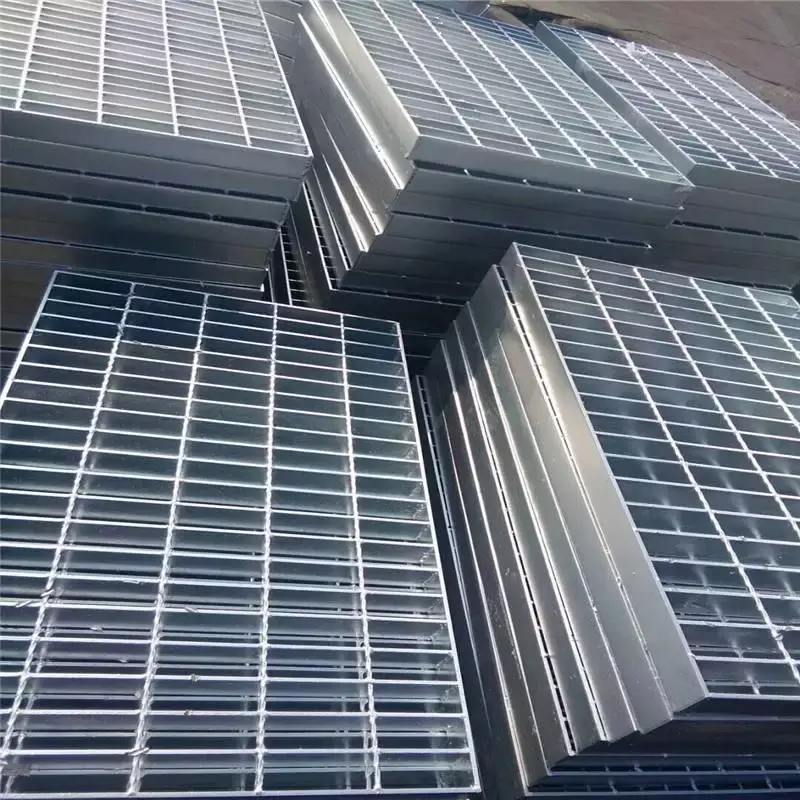스테인리스 스틸 격자 부식의 원인
1 Improper storage, transportation and lifting
During storage, transportation and lifting, stainless steel grating will corrode when it encounters scratches from hard objects, contact with dissimilar steels, dust, oil, rust and other pollution. Mixing stainless steel with other materials and improper tooling for storage can easily pollute the surface of stainless steel and cause chemical corrosion. Improper use of transportation tools and fixtures can cause bumps and scratches on the surface of stainless steel, thereby destroying the surface chromium film of stainless steel and forming electrochemical corrosion. Improper use of hoists and chucks and improper process operation can also cause the surface chromium film of stainless steel to be destroyed, causing electrochemical corrosion.
2 Raw material unloading and forming
Rolled steel plate materials need to be processed into flat steel for use by means of opening and cutting. In the above processing, the chromium-rich oxide passivation film on the surface of stainless steel grating is destroyed due to cutting, clamping, heating, mold extrusion, cold working hardening, etc., causing electrochemical corrosion. Under normal circumstances, the exposed surface of the steel substrate after the passivation film is destroyed will react with the atmosphere to self-repair, re-form the chromium-rich oxide passivation film, and continue to protect the substrate. However, if the surface of stainless steel is not clean, it will accelerate the corrosion of stainless steel. The cutting and heating during the cutting process and the clamping, heating, mold extrusion, cold working hardening during the forming process will lead to uneven changes in the structure and cause electrochemical corrosion.
3 Heat input
During the manufacturing process of stainless steel grating, when the temperature reaches 500~800℃, the chromium carbide in the stainless steel will precipitate along the grain boundary, and intergranular corrosion will occur near the grain boundary due to the decrease in chromium content. The thermal conductivity of austenitic stainless steel is about 1/3 of that of carbon steel. The heat generated during welding cannot be dispersed quickly, and a large amount of heat is accumulated in the weld area to increase the temperature, resulting in intergranular corrosion of the stainless steel weld and surrounding areas. In addition, the surface oxide layer is damaged, which is easy to cause electrochemical corrosion. Therefore, the weld area is prone to corrosion. After the welding operation is completed, it is usually necessary to polish the appearance of the weld to remove black ash, spatter, welding slag and other media that are prone to corrosion, and pickling and passivation treatment is performed on the exposed arc weld.
4. Improper selection of tools and process execution during production
In the actual operation process, improper selection of some tools and process execution can also lead to corrosion. For example, incomplete removal of passivation during weld passivation can lead to chemical corrosion. The wrong tools are selected when cleaning slag and spatter after welding, resulting in incomplete cleaning or damage to the parent material. Improper grinding of oxidation color destroys the surface oxide layer or the adhesion of rust-prone substances, which can lead to electrochemical corrosion.
